America’s Black Holocaust Museum Works ‘On the Side of Love’
Share
Explore Our Galleries
Breaking News!
Today's news and culture by Black and other reporters in the Black and mainstream media.
Ways to Support ABHM?
By Tom Jenz, Shepherd Express
ABHM tells the story of African Americans from the time before they were enslaved in 1619 through the present, using dramatic photographs, contemplative artwork, and 3,700 pages of content, covering 500 years of history.
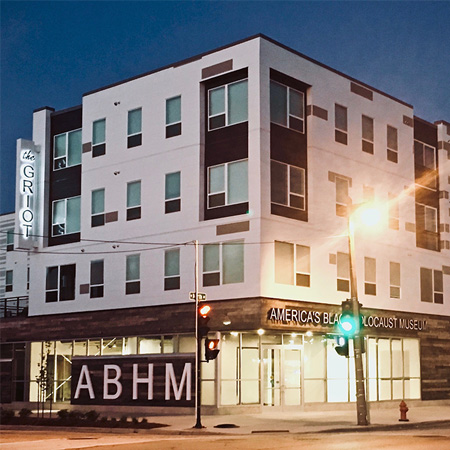
He could feel the lynch knot tightening around his neck. He could see his two Black companions dangling from trees, lynched and dead. He found himself surrounded by thousands of whites yelling for blood. He prayed, “Lord, forgive me my sins!” Suddenly, a woman yelled, “Take this boy back. He had nothing to do with raping or killing.” The time was 1930, a steaming August night on the courthouse lawn in Marion, Indiana. A murder had taken place, Black on white. James Cameron was only 16, his life suddenly still ahead of him.
Cameron spent the next five years in prison. For the rest of his life, he maintained his faith in the moral framework of “liberty and justice for all” entrenched in America’s founding documents. He wrote about his experience in his memoir, A Time of Terror, an affecting story of anger and courage, forgiveness and redemption.
Generations later, James Cameron, a father of five, came to Milwaukee where in 1988 he founded America’s Black Holocaust Museum (ABHM), which explored neglected stories of the Black experience from pre-captivity to the present day. Two years after Cameron’s death in 2006, the museum closed. In 2022, it was revived in Bronzeville.
ABHM tells the story of African Americans from the time before they were enslaved in 1619 through the present, using dramatic photographs, contemplative artwork, and 3,700 pages of content, covering 500 years of history in a 4,000-foot space. The permanent exhibition follows the harmful legacies of slavery and Jim Crow in America and promotes racial repair, reconciliation and healing. Over the last 12 years, the museum website has been visited by hundreds of thousands of people from over 200 countries.
Scholar Fran Kaplan, Marquette professor Rob Smith, activist Reggie Jackson and the current executive director, Brad Pruitt, took the new museum from an idea to a reality. Pruitt describes the museum as “one of Milwaukee’s living rooms where the community can gather, learn and exchange information.”
Not long ago, I met Pruitt at the museum, and we conversed.
Head to the original article to read Lenz’s interview with ABHM creative director Brad Pruitt and learn more about our museum.
Learn more about Dr. Cameron and the founding of ABHM. Visit our physical museum in Milwaukee or check out our virtual exhibits.
Keep up to date with ABHM in our Breaking News page.
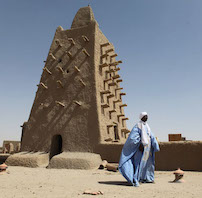
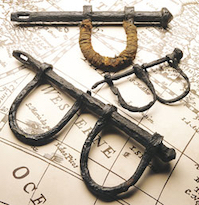
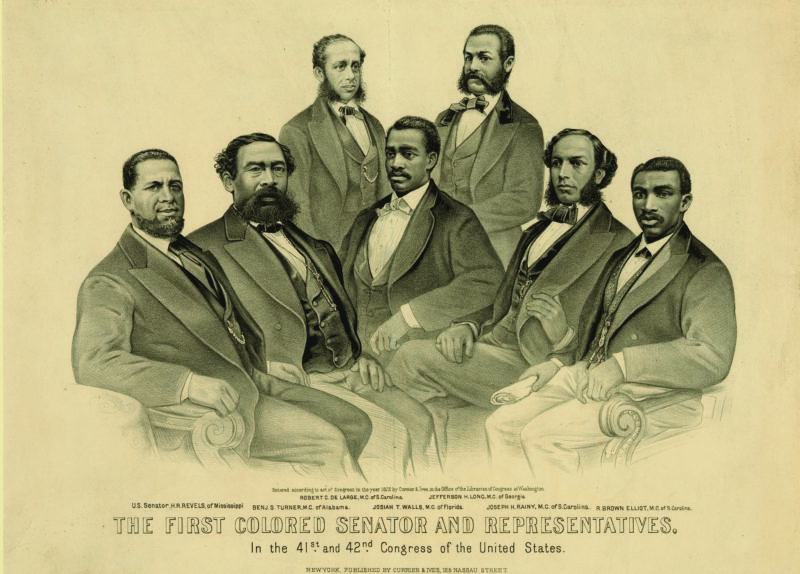
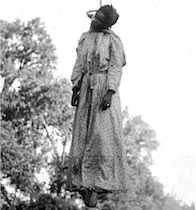
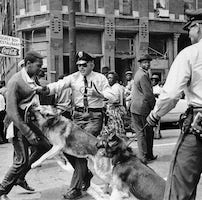

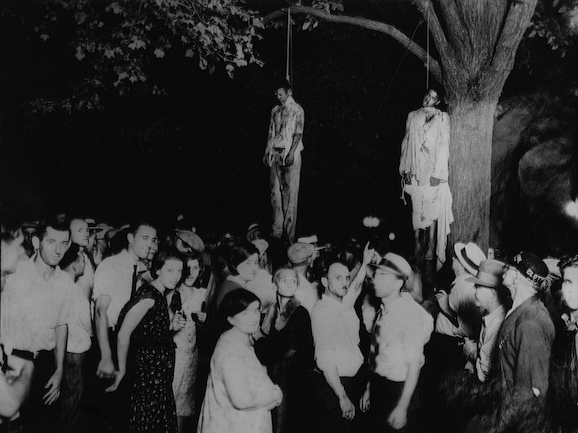

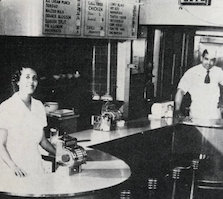
Comments Are Welcome
Note: We moderate submissions in order to create a space for meaningful dialogue, a space where museum visitors – adults and youth –– can exchange informed, thoughtful, and relevant comments that add value to our exhibits.
Racial slurs, personal attacks, obscenity, profanity, and SHOUTING do not meet the above standard. Such comments are posted in the exhibit Hateful Speech. Commercial promotions, impersonations, and incoherent comments likewise fail to meet our goals, so will not be posted. Submissions longer than 120 words will be shortened.
See our full Comments Policy here.